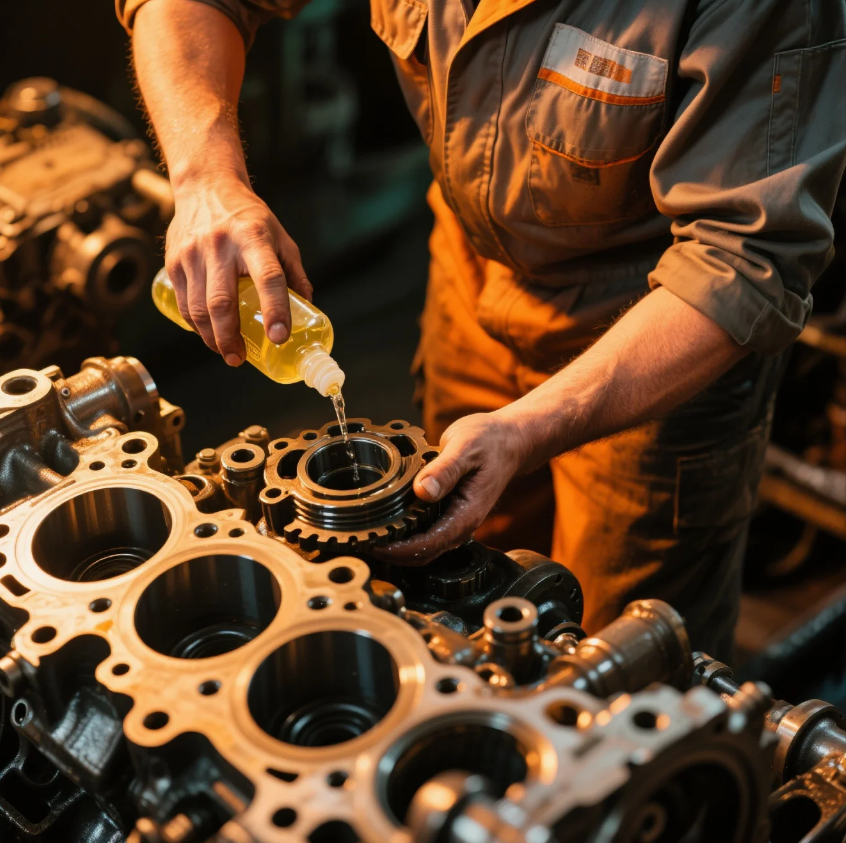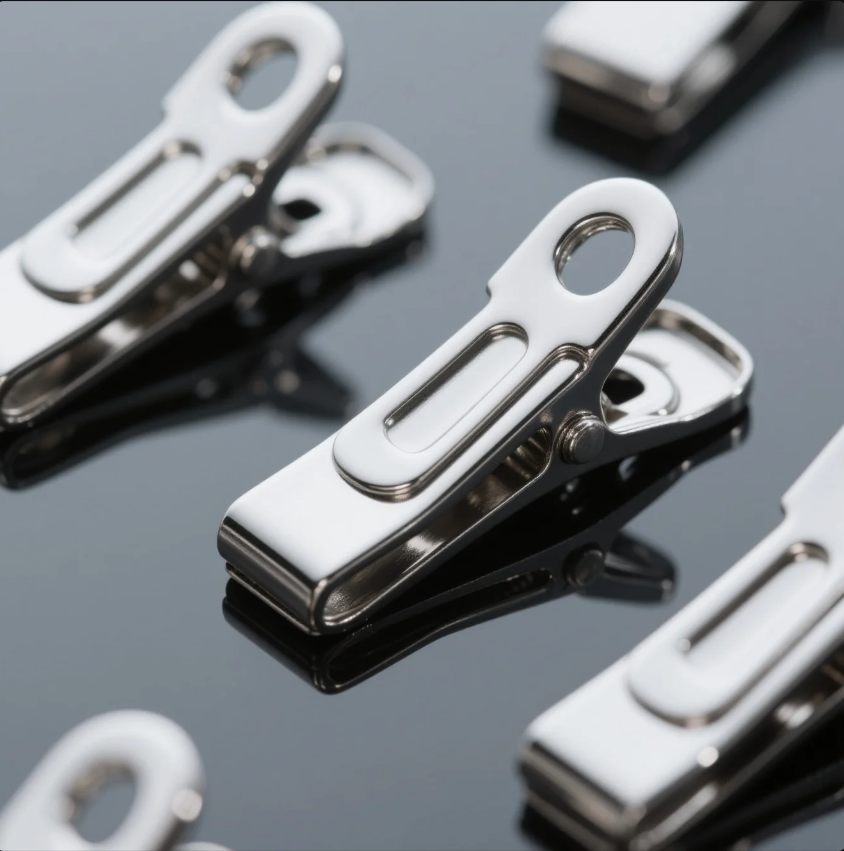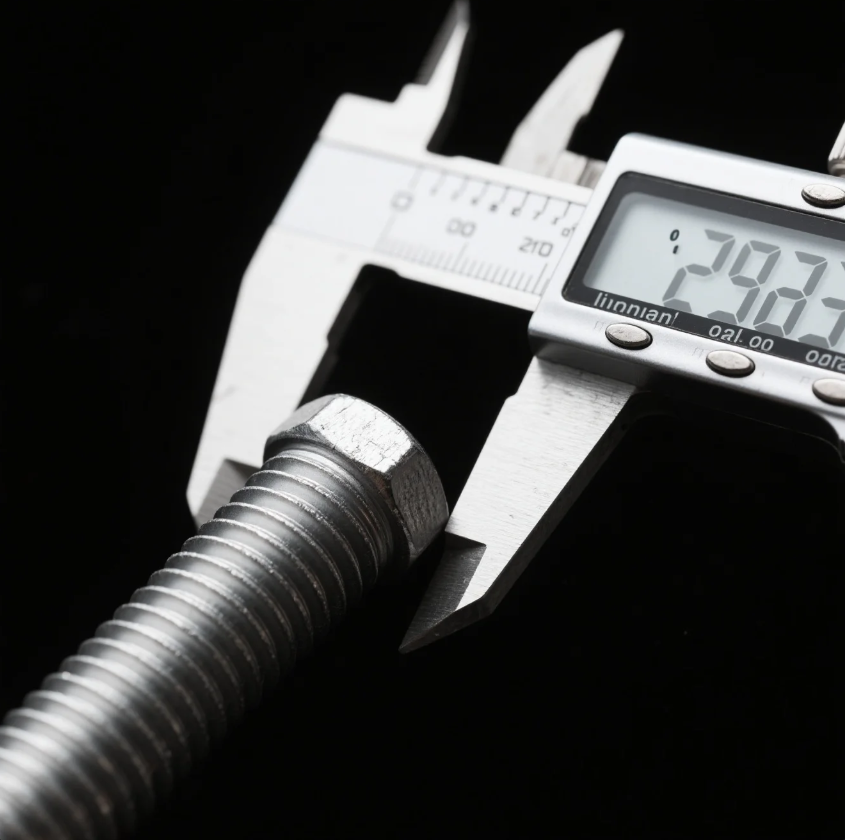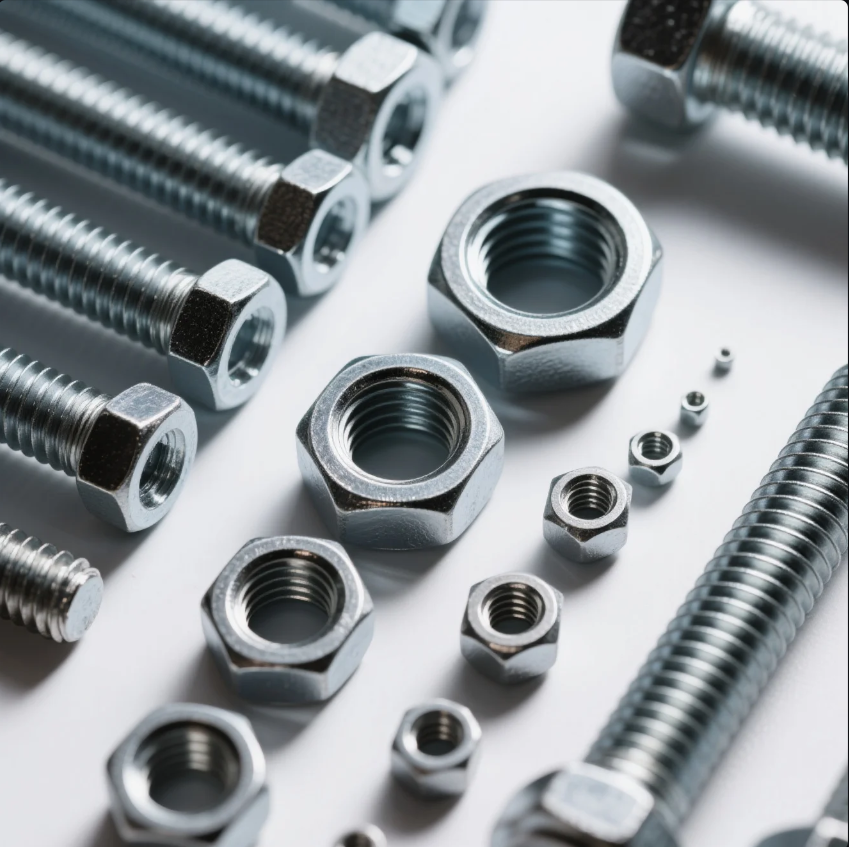Can I use mineral spirits to clean engine parts?

Can I use mineral spirits to clean engine parts? Dirty engine parts affect performance, cause overheating, and shorten machine life. Mineral spirits are effective for cleaning engine parts because they dissolve grease, oil, and carbon buildup. However, they are flammable and require good ventilation and proper disposal practices. At Prime, we recommend matching cleaning solvents […]
Is mineral spirits good for a parts washer?

Is mineral spirits good for a parts washer? Choosing the wrong cleaning fluid can damage parts, harm machines, and create fire risks. Mineral spirits are commonly used in parts washers because they dissolve grease and oil effectively. However, they are flammable and must be handled with caution. Always verify material compatibility and local safety regulations […]
What are the types of metal fasteners?

What are the types of metal fasteners? Using the wrong fastener leads to weak joints, part failure, and costly repairs. Metal fasteners include bolts, screws, rivets, anchors, nuts, washers, and clips. Each fastener type handles different loads, materials, and assembly methods. At Prime, we manufacture and supply a complete range of metal fasteners, tested for […]
What are metal clips called?

What are metal clips called? Metal clips hold parts tightly without needing bolts or screws—but different types have specific names. Metal clips include U-clips, J-clips, spring clips, panel clips, and circlips. Each type serves to fasten, retain, or position materials without complex assembly. Knowing the right clip type saves assembly time and ensures better mechanical […]
What are the U-shaped fasteners called?

What are the U-shaped fasteners called? You’ve seen those U-shaped metal pieces—but what are they actually called? U-shaped fasteners are commonly known as U-bolts or staple nails. U-bolts secure pipes or rods to surfaces, while U-shaped nails, or fence staples, hold wire or mesh. Each has a specific industrial use. These fasteners are essential in […]
What is the rule of thumb for bolt size?

What is the rule of thumb for bolt size? Choosing the wrong bolt size causes structural failure, stripped threads, or production delays. The rule of thumb for bolt size is to make the bolt diameter one-fourth of the material thickness in structural applications. Bolt length must also match grip length plus thread allowance. This guide […]
How to measure nut bolt size?

How to Measure Nut Bolt Size Accurately for Your Project Needs? Table of Contents How do you find the size of a bolt for a nut? How do you match bolt and nut size? How do you find the correct size of a bolt? How are nuts and bolts sized? FAQs about Measuring Nut and […]
How do you read bolt sizes?

How do you read bolt sizes? Misreading bolt sizes leads to misfits, stripped threads, and unsafe assemblies. Bolt sizes are read by identifying diameter, thread pitch, and length. Codes like M10×1.5×30 describe the bolt’s metric size: 10 mm diameter, 1.5 mm pitch, and 30 mm length. Understanding bolt markings avoids costly mistakes. Many clients confuse […]
How do you match bolt and nut size?

How do you match bolt and nut size? Mismatched bolts and nuts cause stripped threads, loose assemblies, and wasted time. To match a nut to a bolt, check diameter, thread pitch, and standard (metric or imperial). You need precise measurements, not just visual checks. Use thread gauges and calipers for accuracy. Many clients guess sizes […]
What is the size of a nut bolt?

What is the size of a nut bolt? Choosing the wrong nut bolt size causes misfits, delays, and even structural failure. The size of a nut bolt includes diameter, thread pitch, and length. You must measure it using calipers and thread gauges. Matching nuts and bolts depends on precision—not guesswork. Many clients waste hours trying […]

